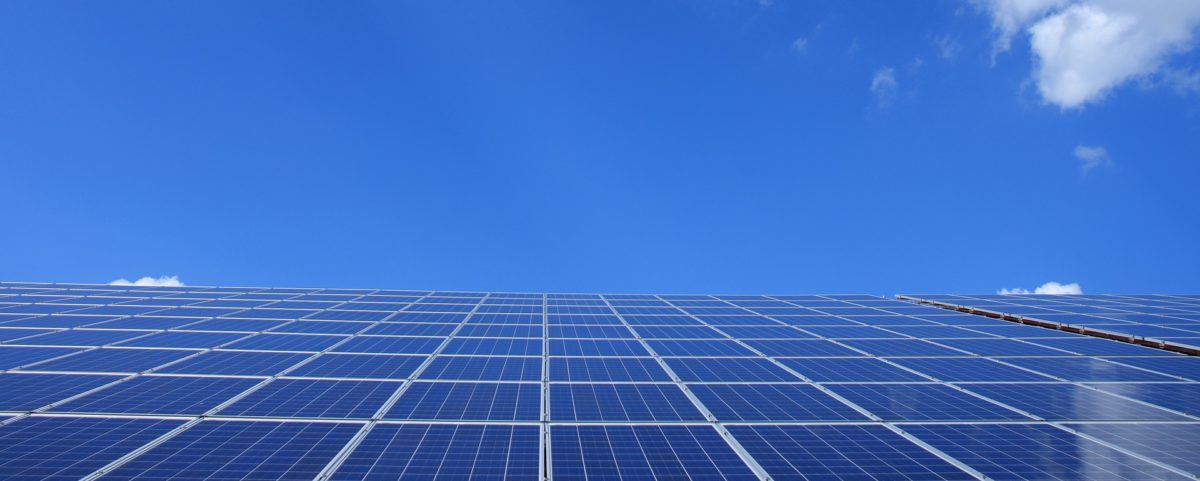Windfarms are being delayed and even operating ones forced to shut down sometimes because of delays in securing planning permission for electricity interconnectors. So could green hydrogen production be a solution to this problem? The hydrogen could be produced and used in systems that avoid the need to build interconnectors for the windfarms. The problem of delays in interconnectors is biggest in Germany, but it is also affecting the UK.
In Germany most renewable energy is produced in the North, yet much electricity demand is in the South. Hence there is a great need to build interconnectors between the different parts of Germany. In Bavaria, in particular, there has been intense planning opposition to new electricity transmission lines. In the UK there is growing opposition to the onshore cables and transmission equipment needed to link the offshore windfarm network with the UK high voltage transmission system. Earlier this year a judge quashed a key consent needed to allow the planned 1.8 GW Vanguard offshore windfarm off the Norfolk coast to be built because of local opposition to the power cable infrastructure that was proposed. The windfarm would produce more energy than Sizewell B nuclear power plant (note: nuclear power plant proposals like Sizewell C cannot be blocked through planning in the way that offshore windfarms can be).
However, one solution to all of this could be to avoid the need to build extra electricity connectors by windfarms being built alongside electrolysers. Hydrogen could then be produced which could either be piped ashore or delivered at sea to ships.
Barnaby Wharton, the Director of Future Electricity Systems at the trade association RenewableUK said ‘I’d be astonished if offshore windfarms aren’t generating hydrogen in the years to come. It could possibly be part of a solution to the problem of offshore windfarms connecting to the onshore electricity system’. The Dolphyn project is planned to pilot this idea with floating offshore wind turbines.
However, there are fears that in the UK most Government resources will, under pressure from the UK’s oil and gas industry, be put into ‘blue’ hydrogen which relies on promises to remove most of the carbon from natural gas and store it. Meanwhile, green hydrogen is being enthusiastically promoted by the German Government, so much so that the fossil fuel lobbyists are complaining about the lack of attention to ‘blue’ hydrogen. But then Germany does not have much of an indigenous oil and gas industry to throw its weight around.
However, other factors cast doubt on how big offshore green hydrogen production will become. First, the market for hydrogen may not be as big as its keenest enthusiasts hope. Outside of motor car racing (where the organisers want something that makes a loud noise) there seems to be dwindling hopes of hydrogen vehicles competing with electric vehicles and other transport solutions. Experts such as Jan Rosenow and others are strongly opposed to hydrogen (whether green or blue in origin) being used in heating. They see heat pump technology as being the prime solution for heating since it is up to 5 times more efficient in its use of energy compared to hydrogen.
There are also electricity-based solutions to the interconnector problems. In Germany the Federal Government has enacted legislation to push forward North-South interconnections, although the interconnectors are going to be based on expensive underground cables which are less flexible and arguably more environmentally damaging than overhead cables. In the UK the ‘Offshore Transmission Network Review‘ is being conducted to consider a dedicated offshore grid to greatly cut the number of onshore connection points. However that will not help projects that are currently planned for construction.
But there may well be substantial hydrogen markets at least in areas such as shipping, energy-intensive sectors like steel and concrete, and also energy storage to support a system based on variable renewable energy supplies. So it is possible that green hydrogen might take some of the strain off electricity interconnectors, but it may yet be a peripheral rather than central solution.
David Toke

The multi-step process required to convert electricity into hydrogen, store it and convert it back into electricity results in a 60% loss of energy and considerable additional capital investment.